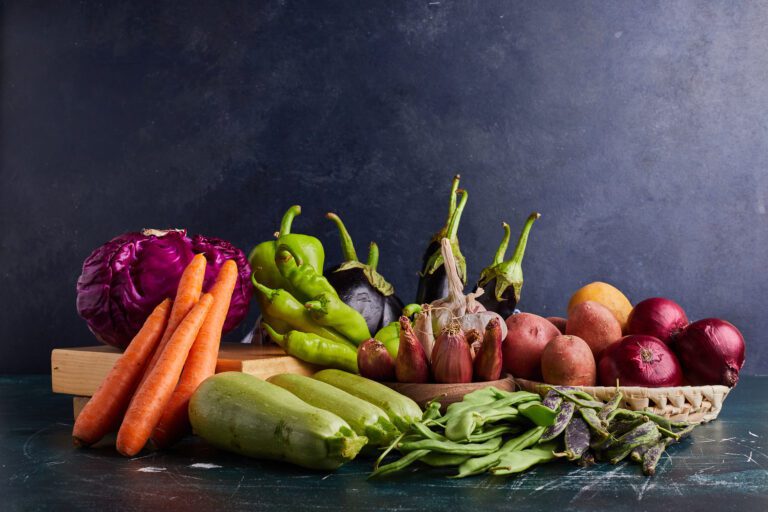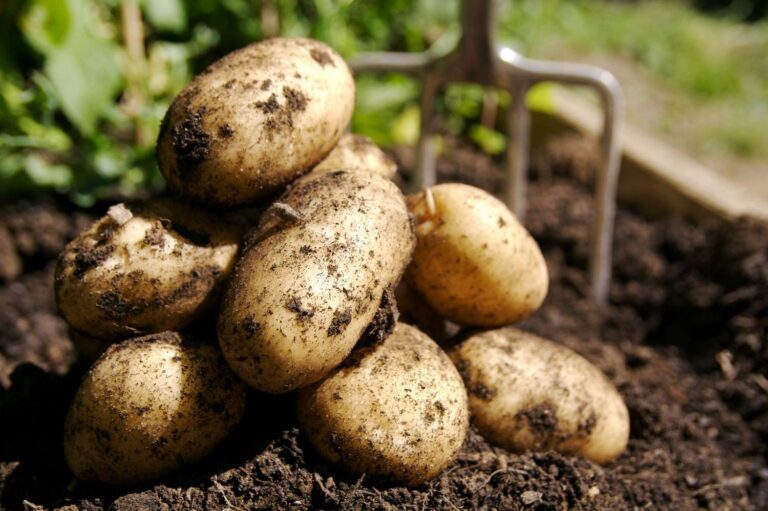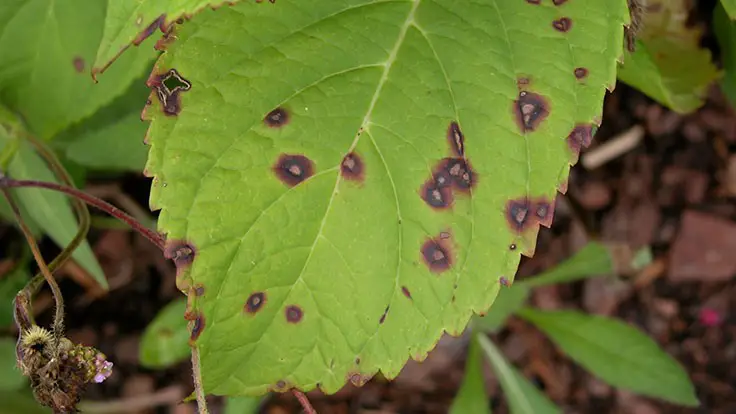Garden master Hacks: Germinating Pepper Seeds Faster
Table of Contents
Tips for Speeding up the Germination of Pepper Seeds
To speed up the germination of pepper seeds, there are several key strategies that can be employed. One effective method is pre-soaking the seeds before planting. Soaking the seeds for a few hours or overnight can help soften the seed coat, enabling quicker water absorption and kickstarting the germination process. Additionally, utilizing bottom heat can provide a warm environment essential for the seeds to germinate faster. By maintaining the ideal temperature range, typically around 70-80°F (21-27°C), the seeds are encouraged to sprout more rapidly.
Creating a mini greenhouse setup can also be beneficial in optimizing germination conditions for pepper seeds. This microclimate can offer the right balance of warmth and humidity needed for successful germination. By carefully monitoring moisture levels, providing adequate light, and ensuring proper air circulation, gardeners can help accelerate the germination process and set their pepper seeds up for robust growth once they sprout.
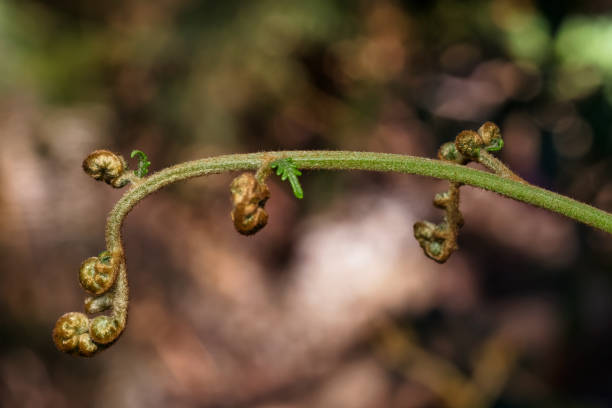
Selecting the Right Pepper Varieties for Quick Germination
When it comes to selecting the right pepper varieties for quick germination, there are a few key factors to consider that can make a significant difference in the speed and success of your seed sowing efforts. Opting for pepper varieties that are known for their quick germination rates can save you time and frustration by ensuring that your seeds sprout promptly and grow into healthy seedlings.
Look for pepper varieties such as ‘Early Jalapeno,’ ‘Sweet Banana,’ and ‘Hungarian Wax’ that are renowned for their fast germination times. These varieties are not only quick to sprout but also tend to have high germination rates, increasing the likelihood of a successful seed starting experience. By choosing these fast-germinating pepper varieties, you can kickstart your gardening season with confidence and see your pepper plants thriving in no time.
Pre-soaking Pepper Seeds for Faster Sprouting
Pre-soaking pepper seeds is a beneficial technique to promote faster sprouting during the germination process. By allowing the seeds to absorb water before planting, you are providing them with the necessary moisture to kickstart the sprouting process. This can lead to quicker emergence of seedlings and a more successful germination rate overall.
The process of pre-soaking pepper seeds involves placing them in water for a period of time, typically overnight, to soften the seed coat and initiate germination. This technique can help to reduce the time it takes for seeds to sprout once planted in soil, ultimately speeding up the overall growing process. Additionally, pre-soaking can increase the uniformity of germination, resulting in a more consistent and successful crop yield.
Using Bottom Heat to Speed up Germination Process
Bottom heat can be a game-changer when it comes to accelerating the germination process of pepper seeds. By providing warmth from below, you create optimal conditions for the seeds to sprout faster and more consistently. This method is especially beneficial for peppers, which require warm soil to germinate efficiently.
The use of bottom heat not only speeds up the germination process but also helps to maintain a stable and ideal temperature for seedlings to thrive. By ensuring that the root zone is kept consistently warm, you are setting the stage for healthy and vigorous pepper plants that will grow faster and stronger. Just a simple adjustment like incorporating bottom heat can make a significant difference in the success of your pepper seed germination efforts.

Creating a Mini Greenhouse for Optimal Germination Conditions
To maximize the germination success of pepper seeds, creating a mini greenhouse can provide optimal conditions for seedling growth. A mini greenhouse helps maintain a stable environment by trapping heat and moisture, creating a perfect microclimate for seeds to sprout. By enclosing the pepper seeds in a greenhouse-like setting, you can ensure consistent temperature and humidity levels, two critical factors for prompt and healthy germination.
The controlled environment of a mini greenhouse accelerates the germination process by mimicking ideal outdoor conditions while protecting the seeds from external fluctuations. Additionally, the greenhouse structure shields the seeds from potential pests and harsh weather conditions that could hinder germination. By investing in or creating a mini greenhouse for your pepper seeds, you are setting the stage for faster and more successful germination, setting the foundation for robust and thriving pepper plants in the long run.
Ensuring Proper Moisture Levels for Quick Seed Germination
Proper moisture levels play a crucial role in the quick germination of pepper seeds. It is essential to strike the right balance when it comes to watering your seeds. A general rule of thumb is to keep the soil consistently moist but not waterlogged. Overwatering can lead to seed rot and hinder germination, while underwatering can cause the seeds to dry out and fail to sprout. To ensure optimal moisture levels, consider using a spray bottle to mist the soil gently or a watering can with a fine spout to avoid overwhelming the seeds with excess water.
Another effective method to maintain proper moisture levels is by covering the seed trays with a clear plastic dome or a layer of plastic wrap. This creates a greenhouse effect, trapping moisture and warmth to create a conducive environment for seed germination. However, it’s essential to monitor the moisture levels regularly to prevent mold growth or excessive condensation, which can impede the germination process. By paying attention to the moisture needs of your pepper seeds, you can help facilitate quick and successful germination.
Providing Adequate Light for Pepper Seedlings to Grow Faster
Pepper seedlings require adequate light to grow faster and develop into healthy plants. When providing light for your pepper seedlings, it is important to ensure they receive at least 12-16 hours of light per day. Natural sunlight is ideal, but if you are growing indoors or in a location with limited sunlight, using grow lights specifically designed for seedling growth can be a great alternative. Position the grow lights 2-3 inches above the seedlings to provide them with the right amount of light intensity for optimal growth.
Insufficient light can lead to weak, leggy seedlings that struggle to thrive. Inadequate light can also result in slow growth and poor overall plant development. By ensuring your pepper seedlings receive the right amount of light each day, you can promote faster growth, stronger stems, and healthier plants overall. Remember to monitor the light levels consistently and adjust the positioning of the lights as needed to provide the best growing conditions for your pepper seedlings.
| Light Source | Description |
|---|---|
| Natural Sunlight | – Ideal for providing a full spectrum of light that promotes strong, healthy growth. – Place seedlings in a south-facing window or outdoors in a sunny location where they can receive at least 6-8 hours of direct sunlight per day. |
| Grow Lights | – Supplemental lighting option for areas with limited natural sunlight or during shorter daylight periods. – Choose full-spectrum LED grow lights designed for seedling growth. Position lights 6-12 inches above seedlings for optimal coverage. |
| Fluorescent Lights | – Cost-effective option for providing consistent light to pepper seedlings. – Use cool white fluorescent tubes placed 2-4 inches above seedlings for 12-16 hours per day to mimic natural daylight conditions. |
| T5 or T8 Fixtures | – Efficient fluorescent fixtures that provide uniform light distribution and reduce energy consumption. – Hang T5 or T8 fixtures 2-4 inches above seedlings for 14-16 hours per day, adjusting the height as seedlings grow taller. |
| Adjustable Heights | – Maintain optimal light distance by adjusting the height of light sources as seedlings grow taller. – Regularly monitor seedlings for signs of stretching or light deficiency, and adjust light heights accordingly to maintain healthy growth. |
| Light Timer | – Use a light timer to automate the lighting schedule and ensure consistent exposure to light. – Set the timer to provide 14-16 hours of light per day, simulating long daylight hours to promote faster growth of pepper seedlings. |
By providing adequate light through natural sunlight or supplemental grow lights and maintaining consistent exposure and intensity, you can encourage faster growth and healthy development of pepper seedlings. Adjust lighting conditions as needed based on the growth stage and environmental factors to optimize growth.
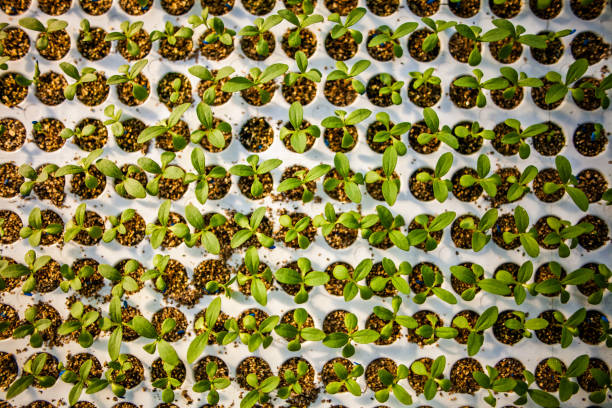
Using Seedling Heat Mats to Accelerate Pepper Seed Germination
Seedling heat mats are a valuable tool for expediting the germination of pepper seeds. By providing a consistent and gentle heat source from below, these mats create an optimal environment for seedling growth. The warmth helps to stimulate the seeds, encouraging quicker sprouting and healthier seedlings overall.
When using seedling heat mats, it is important to monitor the temperature regularly to ensure it falls within the ideal range for pepper seed germination, which is typically around 70-80°F (21-27°C). Excessive heat can damage the seeds, so it’s crucial to maintain a consistent and moderate warmth to support successful germination. Additionally, pairing seedling heat mats with proper moisture levels and lighting can further enhance the germination process, leading to quicker and more robust seedling development.
Utilizing Seed Starting Mix for Quicker Germination Results
Seed starting mix plays a crucial role in the germination process of pepper seeds, offering the ideal environment for quick sprouting. This specialized mix is lightweight, sterile, and well-draining, providing the perfect conditions for seeds to receive the necessary oxygen and moisture for germination. By using a high-quality seed starting mix, gardeners can significantly boost the speed and success rate of their pepper seed germination.
It is important to choose a seed starting mix that is free from harmful pathogens and filled with nutrients essential for seedling growth. Look for mixes that contain a blend of ingredients such as peat moss, perlite, vermiculite, and organic matter to create a balanced medium for germination. Seed starting mixes are designed to promote rapid root development and overall seedling health, ensuring a strong start for your pepper plants.

Optimizing Air Circulation for Speeding up Pepper Seed Germination
To optimize air circulation for speeding up pepper seed germination, ensure that the growing environment has adequate ventilation. Stagnant air can hinder the germination process by creating high humidity levels and promoting fungal growth. Using a small fan on a low setting can help maintain a gentle airflow without disturbing the seeds or seedlings.
Additionally, placing the seed trays in a location with good air circulation, such as near a window or in a well-ventilated room, can also enhance the germination rate. Adequate air movement around the seedlings can prevent the buildup of excess moisture, which can lead to damping-off disease and slow germination. By providing proper air circulation, you can create a healthy growing environment that promotes the quick and successful germination of pepper seeds.
Avoiding Overwatering to Prevent Delayed Germination
Overwatering can be detrimental to the germination process of pepper seeds, leading to delayed growth and potential seedling issues. When seeds are excessively watered, the soil becomes waterlogged, depriving the seeds of necessary oxygen for germination. This lack of oxygen can hinder the germination rate and even cause seeds to rot before sprouting. To prevent delayed germination due to overwatering, it is crucial to maintain a careful balance of moisture in the soil.
To avoid overwatering pepper seeds, it is recommended to water them sparingly and ensure that the soil is well-draining. Overwatering not only inhibits germination but can also lead to fungal diseases that may affect the health of the seeds. By allowing the top layer of the soil to dry out slightly between waterings, you can create optimal conditions for pepper seeds to sprout efficiently. Monitoring the moisture levels in the soil and adjusting watering frequency accordingly can help prevent delays in germination and promote healthy seedling growth.

Keeping the Germination Environment Warm for Faster Results
To ensure faster germination of pepper seeds, it is essential to keep the germination environment warm. Pepper seeds require consistent warmth to sprout quickly and effectively. Maintaining a temperature range of 75-85°F (24-29°C) can provide the optimal conditions for seed germination. A heat mat placed underneath the seed trays can help achieve and maintain the necessary warmth levels for faster results. Additionally, placing the seed trays near a heat source or in a warm location can also aid in speeding up the germination process.
Consistent warmth is key to promoting faster germination of pepper seeds. Cold temperatures can significantly delay or inhibit seed germination, leading to slow and uneven sprouting. By creating a warm and stable environment for the seeds, you can encourage quicker germination and robust seedling growth. Investing in a thermometer to monitor the temperature levels in the germination area can help ensure that the seeds are provided with the ideal conditions for rapid sprouting.
Using a Humidity Dome to Encourage Faster Germination of Pepper Seeds
A humidity dome can be a game-changer in your quest for faster germination of pepper seeds. By trapping in moisture and creating a humid environment, the dome helps to accelerate the sprouting process. The elevated humidity levels mimic the natural conditions needed for seeds to germinate swiftly, promoting healthier and quicker growth of your pepper seedlings. It acts as a protective shield, shielding the seeds from drying out and providing them with the ideal conditions to thrive.
When using a humidity dome, it’s crucial to monitor the moisture levels regularly to prevent mold or fungal growth. Proper ventilation is also essential to avoid excessive humidity buildup, which could stunt the germination process. By investing in a quality humidity dome and incorporating it into your seed starting routine, you can significantly improve the success rate and speed of pepper seed germination.
Checking Pepper Seeds Regularly for Signs of Germination
Checking pepper seeds regularly for signs of germination is a crucial step in the seed starting process. It allows you to monitor the progress of your seeds and take necessary actions if needed. Keep a close eye on your seeds daily to look for any emerging sprouts or changes in the seedbed. By actively observing your pepper seeds, you can address any issues that may arise promptly, such as adjusting moisture levels or light exposure to ensure optimal conditions for germination.
As you inspect your pepper seeds, look for small white roots protruding from the seeds or tiny green shoots breaking through the soil surface. These are positive signs that germination is underway. Be patient and continue to check your seeds regularly, as germination times can vary depending on the pepper variety and environmental conditions. Regular monitoring will help you track the progress of your seeds and guide you in providing the necessary care for successful germination.
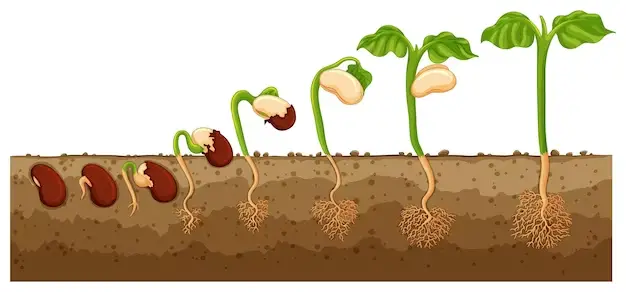
Transplanting Pepper Seedlings at the Right Time for Faster Growth
Transplanting pepper seedlings at the right time is crucial for ensuring faster growth and healthy development. Timing is key when it comes to moving your young plants into their permanent homes, whether that be in a garden bed or a container. Waiting too long can result in root-bound seedlings that struggle to establish themselves, while transplanting too early can expose them to stress and hinder their overall growth potential.
One important factor to consider is the size and strength of the seedlings. Aim for seedlings that have developed a strong root system and at least a few sets of true leaves before transplanting. This indicates that they are mature enough to handle the transition and are more likely to thrive in their new environment. Additionally, make sure to prepare the planting area in advance, ensuring that the soil is well-drained, rich in nutrients, and ready to support the rapid growth of your pepper plants. By transplanting at the right time and providing optimal growing conditions, you can set your pepper seedlings up for success and encourage faster growth and bountiful harvests.
Monitoring Pepper Seedlings Carefully for Successful Germination.
Monitor your pepper seedlings diligently to ensure successful germination and growth. Regularly check for any signs of distress, such as wilting leaves or discolored stems, which could indicate issues with watering or nutrient uptake. Keep a close eye on the overall health of the seedlings to catch any problems early on and address them promptly.
In addition, observe the rate of growth and development of your pepper seedlings. Measure their height, leaf number, and overall vigor regularly to track their progress. By monitoring these parameters closely, you can adjust your care routines as needed to optimize the conditions for successful germination and robust growth.
How often should I check on my pepper seedlings during the germination process?
It is recommended to check on your pepper seedlings at least once a day to ensure they are receiving the proper care and conditions for successful germination.
Can I use a regular heating pad to provide bottom heat for my pepper seeds?
It is not recommended to use a regular heating pad as it may not provide the consistent and safe heat needed for germinating pepper seeds. It is best to invest in a seedling heat mat specifically designed for this purpose.
What should I do if my pepper seedlings are not germinating as quickly as expected?
If your pepper seedlings are not germinating as quickly as expected, you can try pre-soaking the seeds, adjusting the moisture levels, or providing additional light and heat to encourage faster germination.
Is it necessary to use a humidity dome when germinating pepper seeds?
While not necessary, using a humidity dome can help maintain optimal moisture levels and create a mini greenhouse environment, which can encourage faster germination of pepper seeds.
How do I know when it is time to transplant my pepper seedlings?
You will know it is time to transplant your pepper seedlings when they have developed their first true leaves and are strong enough to handle being moved to a larger container or garden bed.

Beck Wakeford is a dedicated writer at SouthElMonteHydroponics, with a fervent enthusiasm for agriculture and technological innovation. Armed with a degree in Agricultural Engineering from a leading university, Beck specializes in hydroponic systems design, automation, and optimization. Their passion for merging traditional farming with cutting-edge technology drives them to explore novel solutions for sustainable food production. Beck’s expertise and keen interest in the intersection of engineering and agriculture make them a valuable asset in the quest for efficient and eco-friendly farming practices. Through their writing, Beck aims to inspire others to embrace the potential of hydroponics in shaping a more sustainable future.



